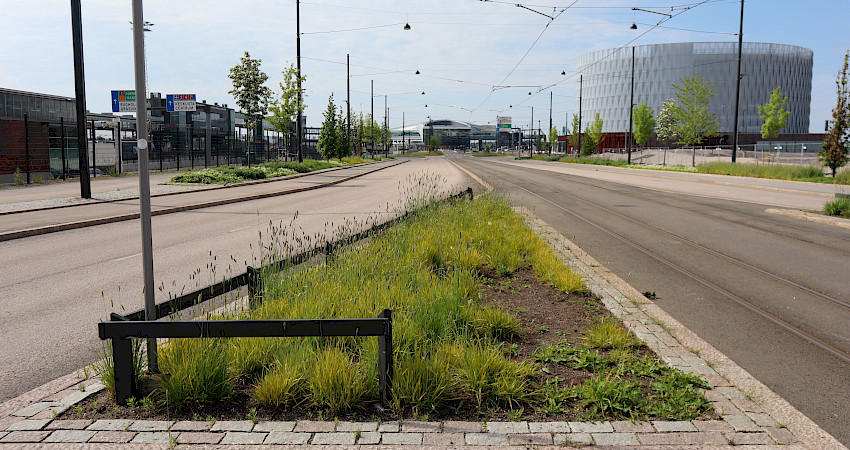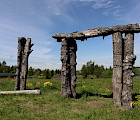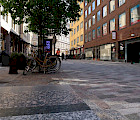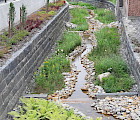KESY - Sustainable Landscape Construction
The KESY framework provides guidelines how to achieve sustainable development in the green sector. The purpose of KESY is to design, build and maintain the environment in such a way as to avoid, reduce, compensate or prevent the negative effects of construction
Finnish framework for sustainable landscape construction
The main organisation dealing with urban and rural landscape management, The Finnish Association of Landscape Industries, launched the Sustainable Landscape Construction (KESY) project in 2015. The KESY framework provides guidelines how to achieve sustainable development in the green sector. The framework was completed in 2018. Thereafter, it has been introduced in practical guidelines and working life.
The framework has been translated in English language in 2023.
Read the framework here.
The purpose of KESY is to design, build and maintain the environment in such a way as to avoid, reduce, compensate or prevent the negative effects of construction.
KESY is based on international guidelines and quality models, in particular the assessment and certification system Sustainable Sites Initiative (SITES), which was developed in the United States. In addition to SITES, the project has utilised European Green City, Green Flag and Green Label guidelines, as well as other relevant literature and material. In Finland, the KESY framework has been developed to apply to the entire operating process of the green sector: managing, designing, constructing and maintaining green areas, as well as materials and products.
The key aspect for making KESY more common is that the project client personally commits to, and further commits all parties of the process, to the defined KESY objectives.
From the perspectives of sustainable development, particularly ecological sustainability is emphasised in landscape construction. Construction intervenes with natural processes: the water cycle, soil, areas of vegetation, i.e. key factors in terms of ecosystem services. The aim is to cherish the vitality and continuity of these processes. In addition, social sustainability is emphasised in operating principles that concern human health and well-being, and economical sustainability is involved in e.g. the use of raw ingredients and materials, and energy saving.
KESY’s objectives can be divided among five different themes
The KESY framework presents the operating principles of environmental construction in accordance with sustainable development in five different themes: 1) water conditions of the site, 2) soil and vegetation of the site, 3) raw ingredients, materials and products to be used 4) energy saving, air quality and environmental protection, and 5) human health and well-being.
Operating principles related to water conditions encourage to safeguard the aquatic ecosystem services of the site. They guide to locate construction in such a way that the ecological operations of flood areas and the operations of sensitive aquatic ecosystems are safeguarded. They also provide guidelines for the restoration of aquatic ecosystems and the management of stormwaters. In addition, the reduction of domestic water consumption has been defined as an objective.
The operating principles concerning soil and vegetation promote the retention of healthy soil and vegetation, and the restoration and management of soil. They provide guidance in the protection of valuable and original vegetation, the use of vegetation suitable for the growth site and the management of alien species. In addition, they are used to promote the retention and increase of biomass, i.e. material of living origin.
The operating principles related to the selection of materials and products encourage material efficiency, the responsible use of raw ingredients and in supporting ecologically sustainable material and sapling production. In addition, the limitation and sorting of waste produced in construction, recycling and reuse of material, are key perspectives. Local producers, manufacturers and materials are preferred.
The operating principles concerning energy saving, air quality and environmental protection focus on the reduction of different emissions. The aim is to reduce greenhouse gases, the loss of habitats and the negative effects on human and organism health. The principles also provide guidelines on reducing the effects of urban heat islands and on the reduction of buildings’ energy consumption by means of vegetation. By reducing the amount of material transports, energy is saved, and the environmental load is reduced.
The operating principles concerning the promotion of human health and well-being are mainly related to social sustainability. They are used to support the appreciation of the values of cultural environments, the accessibility, safety and comfort of green areas, as well as equal opportunities to all users. Green areas play an important role in mental recovery and as a place for physical activities that promote health. Locations of encounter and the support of social interactions strengthen the sense of community. Urban agriculture is one operating form that promotes the sense of community. By supporting local economy, for example, by using local labour and materials, local communities and their operations are developed.

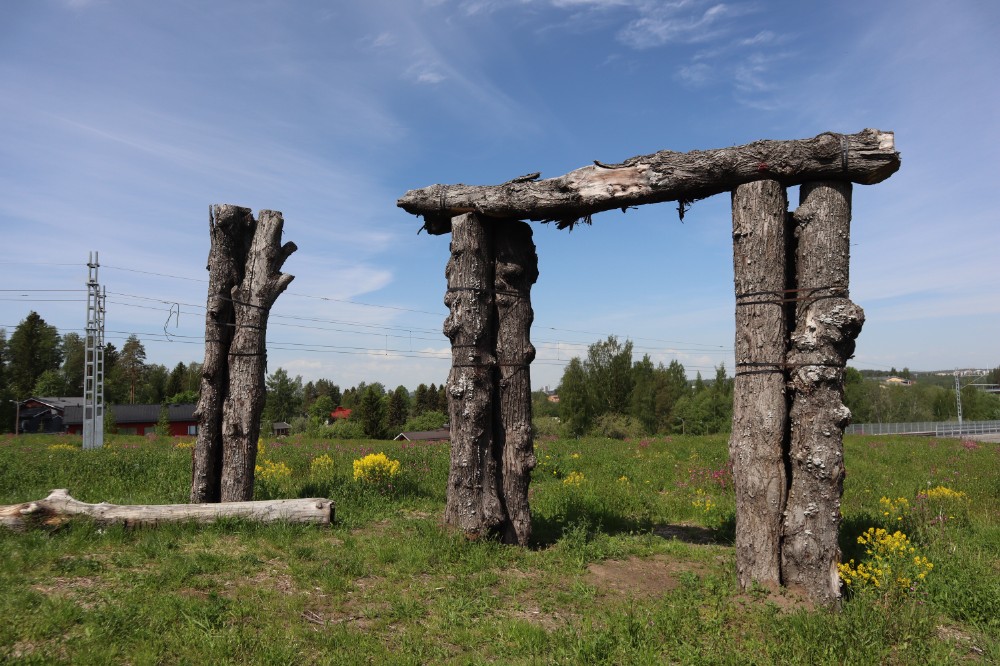
Achieving the objectives of KESY
More detailed objectives and operating principles, which allow the sustainable development framework to be achieved, are presented in connection with each theme. The different stages of the project have been considered when logging the operating principles - ordering, design, construction and maintenance.
Issues that can be influenced and in which the set objectives can be considered, have been listed for each stage of the project. The key promoter of sustainable development in environmental construction projects is the owner of a building or a rebuilding project and the manager of a maintenance project. The manager of a maintenance project and the owner of a building or a rebuilding project defines the objectives for the project. If no issues in accordance with sustainable development have been defined in the objectives, they will not be produced in the design, construction or maintenance stage either. The procurement criteria must be defined, and tendering must be carried equally on the basis of ecological, social and ethical, cultural and financial criteria.
The duty of the person carrying out the supervision work is to ensure that the perspectives and objectives of sustainable development required by the project client are considered during the construction process.
Alongside the client, the designer plays an important role in the procedures of sustainable development in an environmental construction project. The designer influences with the decisions made in e.g. the material selections for the site, the implementation methods and the intensity of maintenance, as well as the sustainability and costs of the site during its entire life cycle.
During the construction and maintenance stages, the selection of working methods, the selection and condition of work machinery, the implementation of acquisitions as well as the skills for managing vegetation and the substrate have a key effect on the achievement of sustainable development.

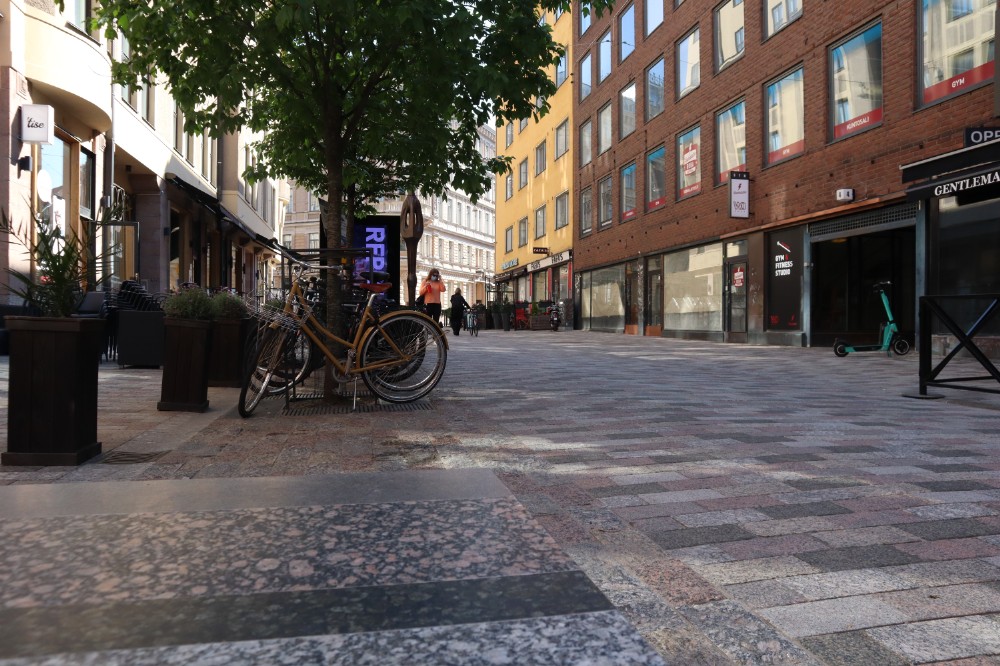
Results of KESY
A website that is open to everyone has been created for the KESY framework. A report and online training material, as well as premade forms and checklists have been prepared. KESY has inspired several theses and reports, as well as the reform of the green sector’s guidelines. KESY has been tested in several case studies, and it will be developed further based on feedback.
More information: info@vyl.fi

